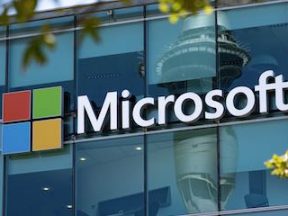For years Google denied using clicks on organic listings as a ranking signal. We now know otherwise. Recently revealed documents show Google indeed uses click-related signals in its algorithm.
Here’s an overview of those documents with my takeaways on the search engine optimization impact.
Organic Clicks
At Google’s federal antitrust trial last year, Google Search V.P. Pandu Nayak testified the search engine uses a ranking system called “Navboost” (also called “Glue”) that analyzes user interactions on search results (such as clicks, hovers, scrolls, and swipes) and retains the data for 13 months.
Navboost delivers results based on users’ interactions with related search result pages. The system also determines whether search results should include other features, such as videos, featured snippets, “People also ask,” and local packs.
The same trial produced an internal Google PDF from 2016 naming “user interactions” (i.e., clicks) as one of the top three ranking factors.
Many in the search engine community have long suspected that Google uses clicks in its ranking algorithm. We’ve also shared that it’s highly limiting, existing only for higher-ranking pages (that generate many clicks). Thus other ranking signals, such as inbound links and on-page relevance and quality, remain fundamental for all but the very top listings.
Chrome Browser Clicks
Last month, documents leaked from Google Search’s internal engineering department. The contents revealed the importance of organic clicks on rankings. Moreover, the documents described Google’s monitoring of users’ Chrome browser interactions with websites. Google has denied that for years.
So, no matter the traffic source, Google knows how visitors using Chrome interact with a website.
‘Long clicks’
SEO pros have theorized for years that click data informs content quality. “Dwell time” and “pogo-sticking” are oft-discussed bounce-rate metrics.
Thanks to the engineering leak, we know Google does have such a metric, calling it “long clicks.” The longer a ranking page holds users, the better.
SEO Takeaways
- Keep a close eye on your highest-traffic pages. Google has the most data about them. Make sure they are engaging and trigger meaningful interactions. Use heatmaps and other usability tools to understand visitors’ actions and optimize accordingly.
- Focus on meaningful clicks, not just from search results. Try to improve click-throughs from email newsletters and even ads. Google accumulates this data from Chrome. Aim link-building campaigns on those that drive clicks.
- Optimize page titles as they impact click-throughs on search result pages. Review top SERP listings and snippets regularly to improve clicks. Use structured data where possible to earn rich snippets.





